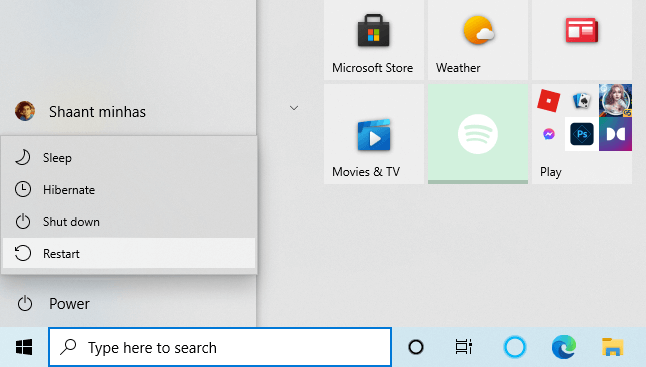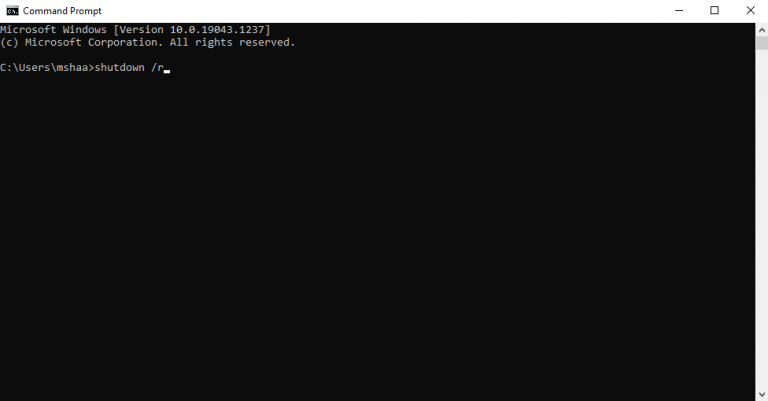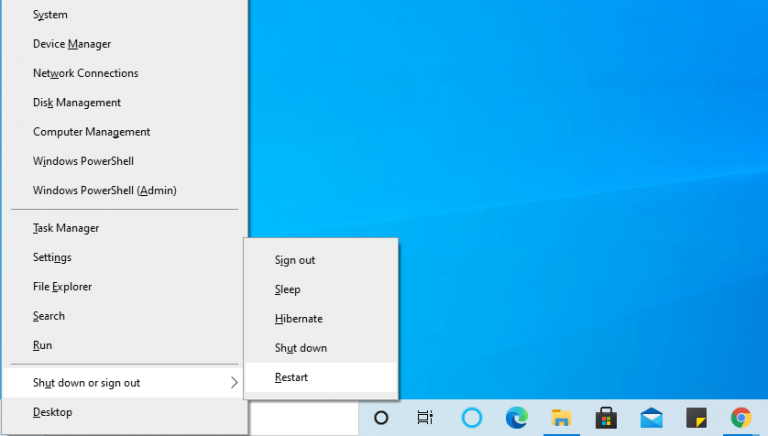
Whether your PC feels bogged down due to too many apps, or if you’ve just installed a new software that requires a restart, a quick Windows reboot can be an answer to many Windows errors.
In fact, computer restart, as a solution, is not limited only to Windows. It’s used across a variety of devices such as Android, iOS, Linux, etc., because of how it works. Even in Windows, your apps might be restarted seperately, even after your PC get rebooted.
So, why so focus much on a restart?
Put briefly, after running a slew of programs and other system tasks concurrently over a period of time, your computer gets slowed down by these programs (that were terminated a while ago, but are still occupying resources), memory leaks, and other similar issues. A restart works by clearing your RAM—which in turn is responsible for running all the Windows tasks—and thus, making your Windows start over from a fresh, clean state again.
So, here are 5 ways to restart your Windows 10 or Windows 11 right away.
1. Restart your Windows 10/11 through Alt + F4
One of my personal favorites, the Alt + F4 method is the most straightforward way to reboot your Windows computer.
Whatever you’re doing, just press the Alt and F4 key together to bring up the Shut Down menu. From there, click on the dropdown list, select the Restart option and click on OK.
If you’ve already closed all your other programs and windows, then well and good, otherwise, the application will close them for you and then restart your Windows computer.
Just make sure you don’t have any unsaved work before you go ahead.
2. Restart Windows PC from Start menu
If you’re more of a GUI person, then that’s fair too. In that case, you can reboot your Windows 10/11 from the Start menu search bar, as Microsoft shows on their blog. Here’s how you can get started:
- Navigate to the Start menu search bar and click on the Windows icon.
- From there, select the power button and click on Restart.

3. Restart your Windows 10/11 with Ctrl + Alt + Delete
This is another shortcut method, and the trick will come in handy if your computer has been in a rut for while, and you’re unable to use other methods even if you want to.
To get started, press Ctrl + All + Delete together, and the security options menu will pop open. From there, click on the Power option from the bottom-right corner and select the Restart option.
Your PC will reboot in a few seconds.
4. Restart your Windows with Command prompt
Command prompt is a handy utility for executing lower level tasks and, at the same time, provides more control to users. And interestingly, it can also be utilized for rebooting the PC.
Here’s how:
- Go to the Start menu search bar, type in ‘command prompt,’ and select the Best match.
- Now type shutdown /r in the terminal and hit Enter.

You’ll get a pop-up that will tell you that your Windows will shut down in less than a minute. Click on Close and wait for a few seconds while the restart process begins.
The /r flag signifies “reset,” and you can configure shutdown in the Command Prompt in many different ways, check out this list on Microsoft Docs.
5. Use the Windows Key + X Shortcut
Another, and the last method on our Windows restart guide, is of using a shortcut to restart the Windows from Link menu.
Press the Windows and X key together to open the Link menu. From there, navigate to the Shut down or sign out and select Restart.

That’s all about restarting your Windows PC
Windows Restart is a simple and, most probably, one of the best ways to fix small issues and bugs that pop up on your Windows computer. As we’ve explained above, it’s not without reason that it comes as one of the most recommend solution for Windows problems. So, before you give any complex methods a go, make sure that you first try out a reboot. Hopefully, you found the methods listed here useful and were able to restart your Windows computer without any hassles.